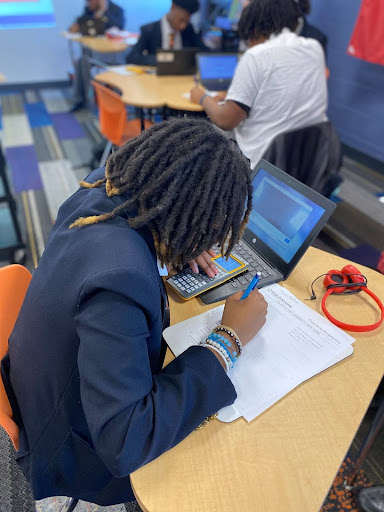Focus on Grade Level Standards or Meet Students Where They Are?
May 17, 2021
By Joel Rose in The 74

By Joel Rose, CEO and Co-Founder of New Classrooms (creators of Teach to One)
What is the best way to support acceleration in mathematics?
Should schools stay rooted in grade-level instruction and ask teachers to address the most relevant pre-grade gaps in service of getting students to proficiency? Or, should schools be meeting students where they are in order to provide them a path to where they need to be?
It is a question that teachers and administrators are wrestling with as they prepare to return to school in the fall. Many will acknowledge that addressing unfinished learning in math was a challenge long before the pandemic. It’s now just far more acute.
Over the last ten years, our non-profit organization has dug deeply into this very question. We’ve consulted with top educational researchers and experts, dissected each and every standard into its component parts, mapped out and refined all of the predecessor and successor relationships among those concepts, and gathered over 100 million academic data points through the innovative learning model we operate across the country — Teach to One.
Latest Posts

Getting Students Engaged in Math at Valley Charter
Students arrive at their assigned seats equipped with laptops and individualized Teach to One Roadmaps packets, which include a work time poster, a note-taking sheet, and graph paper.

Webinar Recording: Unlocking Algebra
On Tuesday, May 13, TNTP and New Classrooms released the report: Unlocking Algebra – What the Data Tells Us About Helping Students Catch Up. On the same day Adam Meier, Partner, Research Center of Excellence, TNTP, and Joel Rose, Co-founder and Chief Executive Officer, New Classrooms, presented the findings, recorded in the webinar below. Looking […]

Building Confidence and Catching Up: Freedom Prep’s Fresh Start with Personalized Math
Ms. Shannon uses Teach to One Roadmaps as the centerpiece of her intervention approach. Students receive guided instruction aligned to their personalized skill pathways three times a week, and work independently on their suggested skills twice a week.